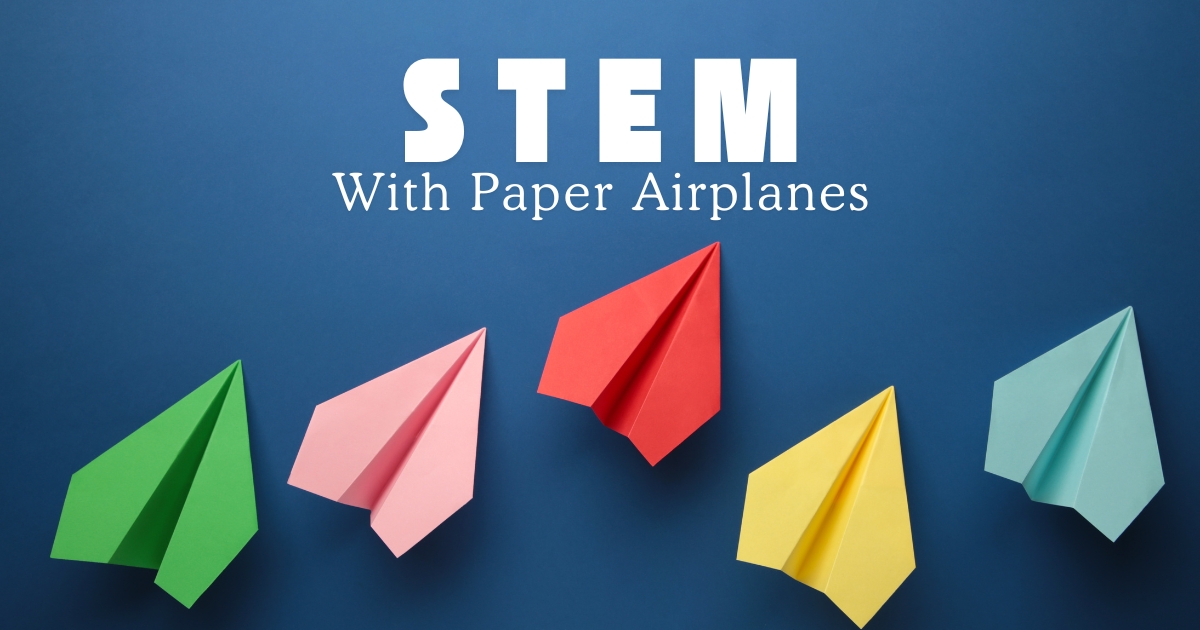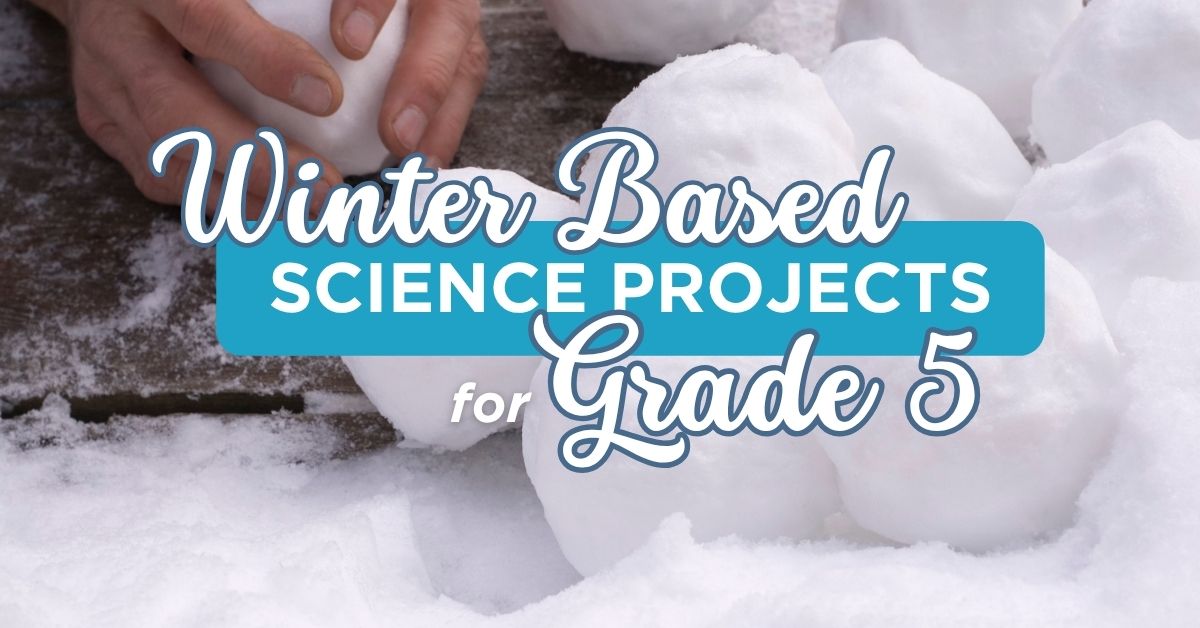Teaching STEM (Science, Technology, Engineering, and Mathematics) at home can seem intimidating, but it doesn’t have to be. With simple, hands-on activities like building and flying paper airplanes, learning STEM concepts becomes an engaging and fun adventure for kids. Using paper airplanes not only introduces scientific and mathematical thinking but also sparks creativity and innovation.
This guide will provide practical insights into teaching STEM at home with paper airplane projects, offering activities that cover physics, engineering, data collection, and even graphing. All these ideas reinforce critical thinking and problem-solving skills, making homeschooling both effective and enjoyable.
The Science Behind Paper Airplanes
Paper airplanes may seem like a simple toy, but they are excellent tools for teaching basic principles of physics. When you introduce your kids to the science behind flight, you’re giving them the foundation to understand complex concepts like aerodynamics and gravity. Here’s how you can incorporate these lessons into your teaching:
- Lift and Gravity
Explain how lift counteracts gravity to keep an airplane in the air. You can compare how different wing shapes (from rounded to flat) affect the time a plane stays airborne.
- Thrust and Drag
Have your kids experiment with how hard they throw their planes (thrust) and observe how air resistance (drag) slows them down.
- Center of Gravity
Ask them to fold planes of various shapes, noticing how the placement of folds impacts balance in flight. For example, adding weight to the nose with a paperclip can affect how far the plane goes before dipping.
To make this experimental, ask your children to hypothesize how changes in design impact flight and test their ideas.

Engineering Your Paper Airplanes
Kids can explore engineering concepts by experimenting with the art of paper airplane design. Here’s how you can guide them through this STEM challenge:
Materials Needed:
- Sheets of paper (printer or construction paper)
- Ruler
- Measuring tape
- Stopwatch
- Paperclips for adding weight (optional)
Instructions:
1. Fold and Design
Encourage your children to design at least three different types of paper airplanes. Popular designs include the dart, glider, and plane with wide wings.
2. Give It A Name
Have each child name their airplane. It adds a layer of engagement and boosts ownership in the process.
3. Experiment
Take the airplanes outside or to an open indoor space. Throw each plane three times from the same starting point, measuring how far it flies each time.
4. Record Results
Note each plane’s distance using a measuring tape. Record results in a notebook for further analysis.
By working through this activity, children learn about different elements of design and how small tweaks can significantly impact performance. The process also builds problem-solving skills essential for engineering.
Tips for Encouragement:
- Challenge older kids to modify planes to achieve specific goals, like flying the farthest distance or staying airborne the longest.
- Ask your children to explain the “why” behind their design choices, fostering communication and presentation skills.
Integrating Math And Graphing
Once you’ve recorded the flight distances of each paper airplane, it’s time to turn the raw data into visual insights. Graphing is an excellent way to teach kids math concepts like averages, measurement, and data visualization. Start by discussing how to calculate the average flight distance for each plane. Add the three distance measurements, then divide by three to find the average.
Using online tools such as Create A Graph, kids can plot their data into various graph types, including bar graphs, line graphs, and pie charts. This exercise teaches them to compare and interpret data visually. Take it a step further by encouraging them to discuss why some planes performed better than others based on their graph results.
Through this activity, children not only practice their math skills but also improve their ability to analyze and present findings—key elements in any STEM field.
Teaching STEM Skills Beyond Flight
Paper airplanes provide a gateway to many broader STEM principles. Teaching kids how various concepts interconnect is a vital part of STEM education. For example, you can extend the activity to include the following:
- The Iterative Design Process
Highlight the importance of revising and redesigning while engineering new plane models. Explain how failure is part of the learning process.
- Predictive Modeling
Before each flight, ask kids to predict which design will perform best and why. Compare their predictions with the actual results, helping them understand the relationship between hypotheses and testing.
- Using Technology
Integrate STEM technology by letting them research advanced paper airplane designs or simulate airplane flights with apps or online tools.
By leveraging paper airplane projects for broader learning, children gain a well-rounded understanding of how STEM fields work together in real-world contexts. It’s less about memorizing facts and more about equipping them with the skills to experiment, adapt, and innovate.
Fun STEM Activities For Kids Using Paper Airplanes
STEM activities with paper airplanes are incredibly versatile and suitable for kids across a wide age range. Below are additional activities to deepen their understanding and expand their creativity:
- Weight Testing
Add paperclips or small weights to different sections of the airplane (nose, wings, or tail). Compare flight performance to understand how weight distribution affects aerodynamics.
- Distance Competitions
Organize a family or neighborhood competition to see who can build and fly the farthest plane. You can add stakes by setting specific rules (e.g., all planes must be made within 5 minutes).
- Flight Stability
Create variations by attaching small stabilizers to the wings or tail. Ask kids to observe any changes in the stability and straightness of the flight path.
- Environmental Testing
Test the performance of paper airplanes under different conditions (e.g., indoors versus outdoors, windy versus still). Explain how factors like air pressure and temperature impact real airplanes.
These hands-on challenges make STEM approachable while keeping learning fun and engaging.
Wrapping It All Together With STEM and Creativity
Teaching STEM at home doesn’t have to involve expensive tools or complicated experiments. Simple activities like making paper airplanes allow children to learn complex principles with minimal resources. Concepts like physics, engineering, and data analysis can all come alive through these engaging and practical projects.
Not only do these activities teach children STEM skills, but they also foster creativity, resilience, and a growth mindset. Each project is an opportunity to spark curiosity and instill a lifelong love for learning. Whether your child is building a plane for a competition or graphing their flight results, they’re practicing skills that go far beyond any single subject.
With just a sheet of paper and a little imagination, you can turn your homeschool into a vibrant laboratory of exploration and discovery. Try these ideas today and witness how STEM activities for kids can transform the way they learn!





